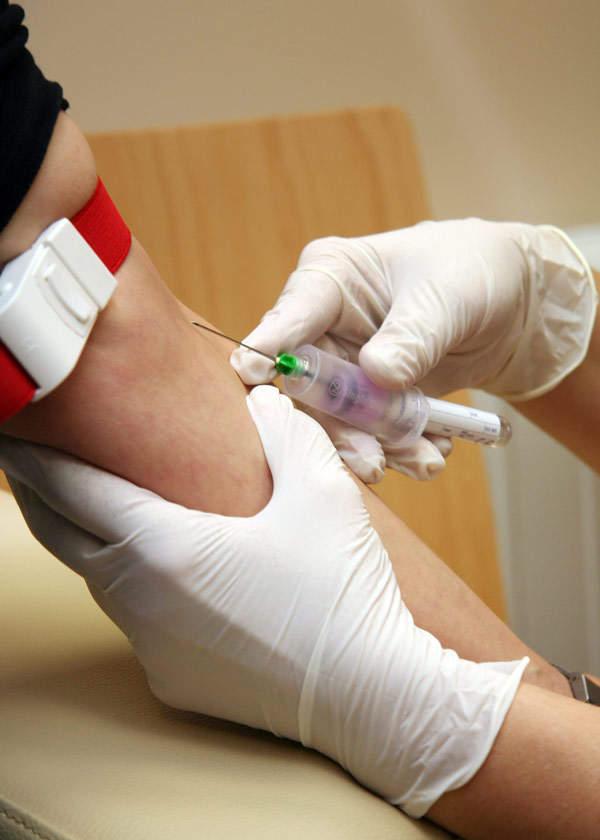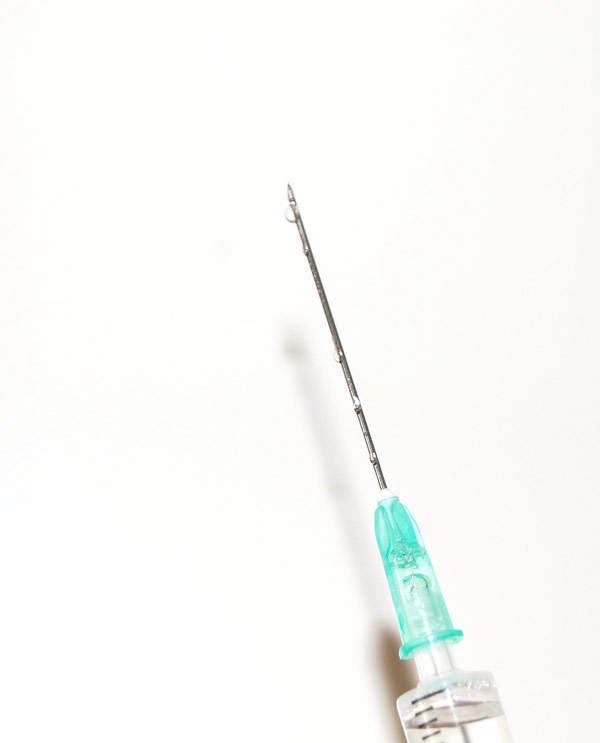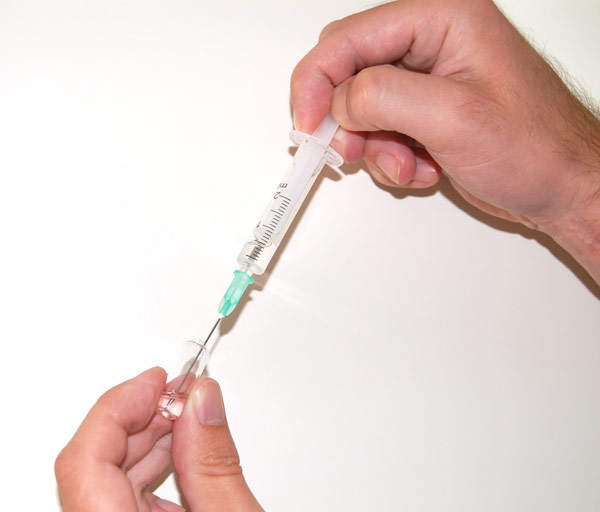Boostrix is a three-in-one vaccine administered to protect against whooping cough, tetanus and diphtheria. These three diseases are life threatening and vaccination is an effective way to protect against them.
Developed by GlaxoSmithKline (GSK), boostrix is also known as the Tdap vaccine (for tetanus toxoid, reduced diphtheria toxoid and acellular pertussis vaccine adsorbed).
Boostrix was first approved by the US Food and Drug Administration (FDA) in May 2005 for administration to patients in the ten to 18 years of age group. In July 2011, the FDA approved boostrix for patients of 65 years and older too.
With this approval, boostrix became the first Tdap vaccine to be approved for the age group. Boostrix now has the broadest age range for a Tdap.
Characteristics of whooping cough, tetanus and diphtheria conditions
Whooping cough or pertussis is a respiratory disease characterised by uncontrollable coughing. It can lead to complications, such as pneumonia or rib fracture. The disease spreads through bacteria released into the air when a patient sneezes or coughs. It is estimated that whooping cough affects nearly 3.3 million people in the US each year.
Tetanus is a disease caused by bacteria affecting the body through cuts, scratches or wounds in the skin. The bacteria release toxins into the body leading to muscle stiffness and spasms or even death. The spasms caused by the bacteria can even fracture the spine.
Diphtheria is also a bacterial disease affecting the tonsils and the throat. It can cause breathing problems, suffocation, heart problems and even death. Symptoms of the disease include fever, a severe sore throat and swollen glands. It usually spreads from when a patient coughs or sneezes. Diphtheria can lead to severe complications in very young and elderly people.
Vaccination is the best way to protect against these diseases.
How the three-in-one boostrix vaccination works
Boostrix contains inactivated tetanus toxoid, diphtheria toxoid and pertussis antigens. These antigens are adsorbed onto aluminum hydroxide. The vaccine works by stimulating the body to produce antibodies against these diseases.
The tetanus toxoid is produced through the culture of Clostridium tetani in a Latham medium obtained from bovine casein. Diphtheria toxoid is obtained through the culture of Corynebacterium diphtheriae in Fenton medium which includes bovine extracts.
The toxoids are detoxified with formaldehyde and go through a series of processes including ultrafiltration, precipitation, dialysis and sterile filtration. Protection against tetanus and diphtheria occurs with the development of neutralising antibodies to fight tetanus toxoid and diphtheria toxoid.
The pertussis antigens include inactivated pertussis toxin (PT), formaldehyde-treated filamentous hemagglutinin (FHA) and pertactin. They are derived from Bordetella pertussis grown in a Stainer-Scholte liquid medium.
Clinical trials of GlaxoSmithKline’s Tdap vaccine
Approval of boostrix in May 2005 was based on the pivotal Phase III Tdap 0.3-001 study. The randomised double blind study recruited 3,000 adolescents aged between ten-18 years old.
Related project
Surfaxin (Lucinactant) – Treatment for Preventing Infant RDS, United States of America
Surfaxin (Lucinactant) is a non-pyrogenic pulmonary surfactant used for the prevention of respiratory distress syndrome (RDS) in premature infants.
It was conducted between November 2002 and December 2003 and compared boostrix with a Tdap vaccine (diphtheria-tetanus vaccine). Results of the study indicated that boostrix generated good response against tetanus, diphtheria and pertussis antigens compared to the Tdap vaccine.
Boostrix for adults of more than 65 years of age was approved based on the pivotal Phase IIIb study 011 and the supportive study 106323. Study 011 compared boostrix with Sanofi Pasteur’s Decavac vaccine. It was conducted between January 2009 and October 2009 and recruited 887 patients 64 years or older across 24 centres in the US.
Supportive study 106323, compared the affect of GSK’s Fluarix in combination with boostrix and boostrix alone. It recruited 217 patients 65 years and older.
Based on the results of the study 011 and supportive study 106323, boostrix was granted approval by the FDA.
Marketing commentary and demands for GSK’s boostrix drug
By 2016, the market for vaccines is expected to double due to the development of innovative vaccines. Recognition of the need for vaccination is also set to boost demand.
There is a renewed interest in vaccines due to the benefits that they offer. Demands for tetanus, diphtheria, polio and seasonal influenza vaccines are especially increasing.
These market conditions are expected to boost demand for boostrix. Since it a three-in-one vaccine, it is expected to fare well in the market in the future.
Related content
Horizant – Treatment for Restless Legs Syndrome, United States of America
Horizant is a non-dopaminergic therapy indicated for the treatment of restless legs syndrome (RLS).
Small players, big drugs – pharmaceutical SMEs take the innovative edge
Elly Earls meets the brains behind some of the most innovative medicines currently breaking into the market to find out whether it’s time for the pharmaceutical giants to move aside.






